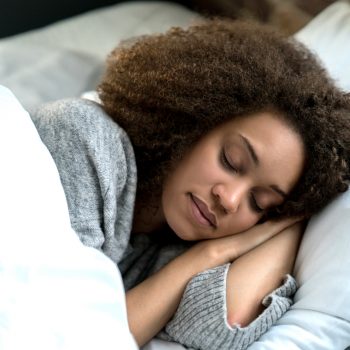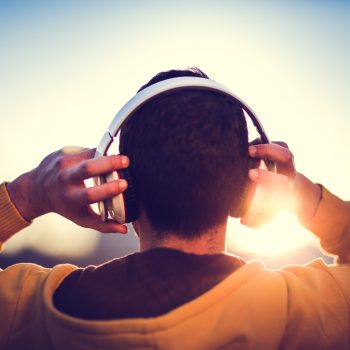Sleepwalking or somnambulism is a benign, spontaneously resolved sleep disorder that typically occurs during the first part of the night and therefore within the first two hours of falling asleep. It is classified as a non-REM sleep parasonnia. It usually affects children between 4 and 8 years of age. More rarely it occurs or prolongs in adulthood with a prevalence of only 2%. We talked about this phenomenon with the neurologist Dr. Vincenzo Tullo, Head of the Humanitas headache and sleep disorders clinic.
What are the symptoms of sleepwalking?
The somnambulist, from the Latin somnus (sleep) and ambulare (walking) presents complex behavioural automatisms such as getting out of bed and walking, touching the blankets and pillow, making the bed again, playing a musical instrument, cleaning the house, eating, dressing, undressing, screaming, shouting. The patient is not conscious and therefore it is necessary to pay attention to the behavior that he performs during the episodes because he could hurt himself.
What are the causes of sleepwalking and what to do when it happens?
The duration of the episodes is generally less than 15-20 minutes. The sleepwalker‘s eyes are open or semi-open and it is difficult to wake him up – if he is awakened he is in a state of confusion and can react abruptly to those around him. It is therefore advisable not to wake the person up. It is best to guide them gently and bring them back to their bed and make sure that they are not in danger.
The patient has no memory of what happened to him.
Often the disorder is familial-genetic: about half of people with sleepwalking have at least one family member who has had the same symptoms in the past. Other causes are: emotional stress, irregular sleep-wake rhythms, alcohol and drugs; infections and high fever because they increase the amount of deep sleep (phase in which episodes occur); taking some drugs such as sedative-hypnotics (which promote relaxation or sleep), neuroleptics (used to treat psychosis) and stimulants; obstructive sleep apnea (a condition in which you stop breathing for a short time during sleep); psychiatric disorders.
How to intervene? Here are some tips
Sleepwalking is a benign disorder that usually resolves itself.
It is necessary to take precautions at home to ensure the safety of the subject.
It is necessary to promote a regular sleep-wake rhythm, avoid sleep deprivation, adopt relaxation techniques or possibly consider psychotherapy and behavioural therapy. A healthy lifestyle is useful. A therapeutic strategy is to wake the child up before the usual time for the episodes and then prepare him or her to sleep again. Pharmacotherapy is recommended only in cases with important and persistent symptoms with antidepressants, anxiolytics, neuromodulators.
A specialist medical consultation is indicated above all if the episodes have a frequency of several times a week, if they occur several times during the night and if the child also has enuresis or appears particularly anxious or agitated.








